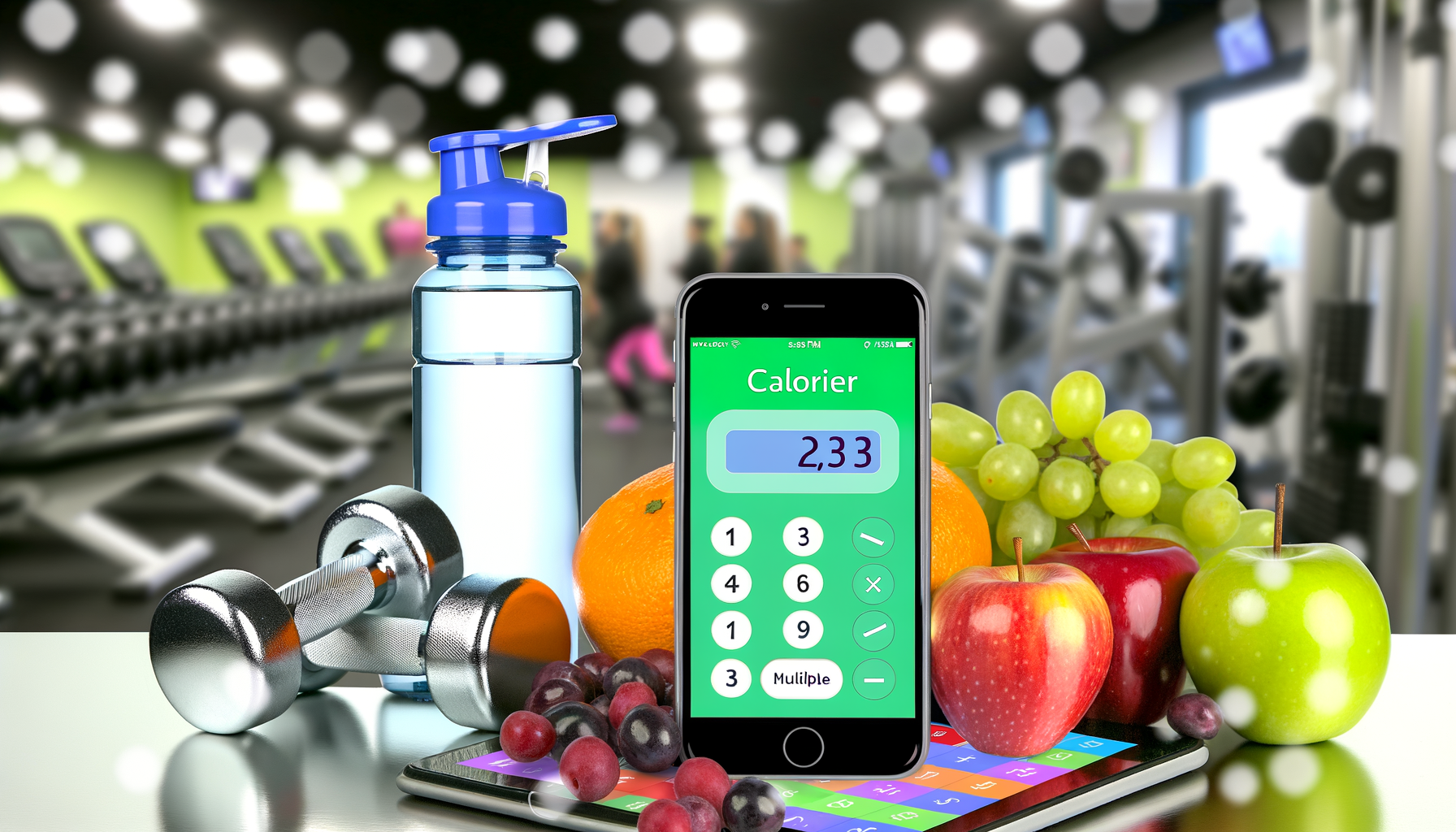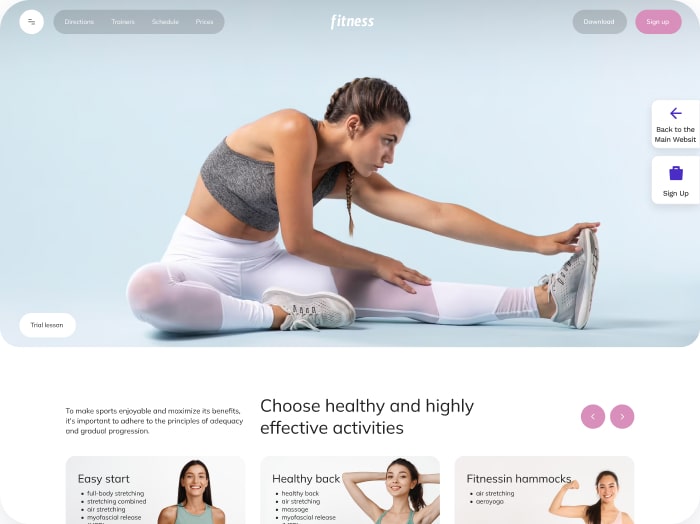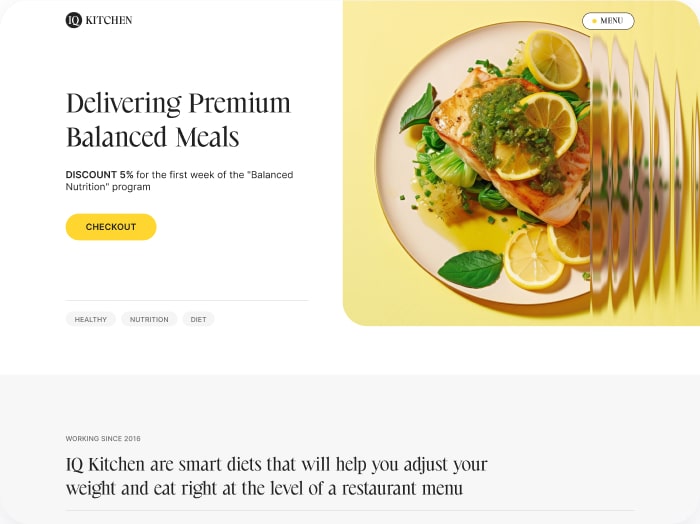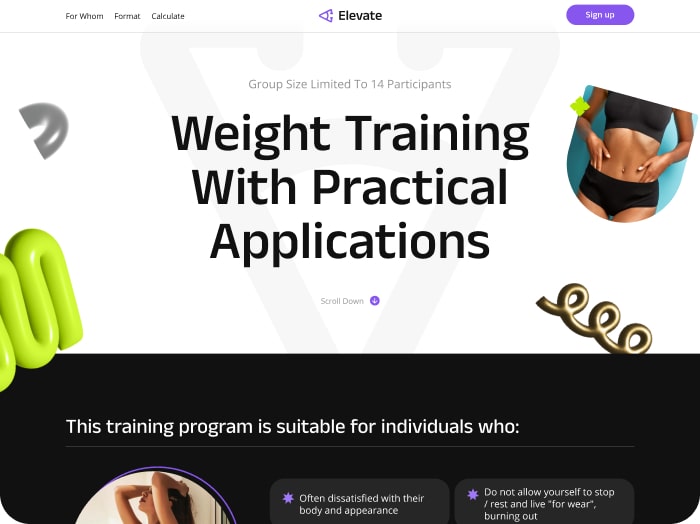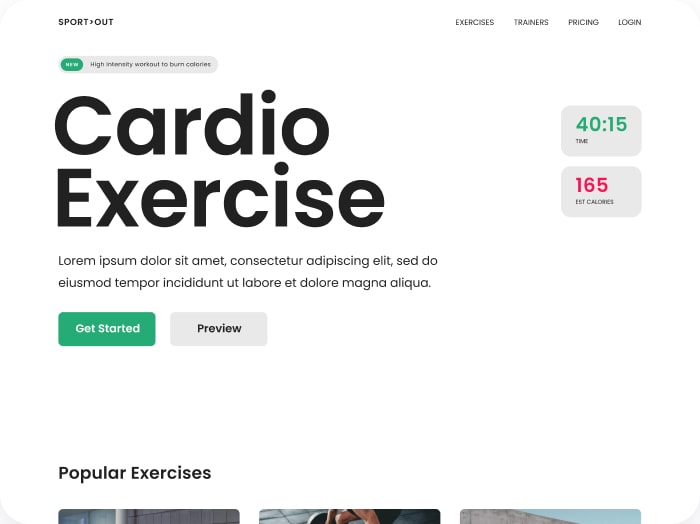Enhancing User Engagement Through Advanced Calorie Calculators in Fitness Apps
In the evolving landscape of health and fitness technology, integrating a calorie calculator for apps has become essential for delivering personalized and actionable insights to users. These tools not only inform users about their daily energy intake but also empower them to make healthier lifestyle choices, boosting engagement and retention in fitness applications.
The Importance of Calorie Calculators in Modern Fitness Apps
Calorie calculators serve as the backbone of nutrition tools for apps, helping users track calories consumed and burned, macro- and micronutrient distribution, and overall dietary balance. By incorporating these calculators, fitness apps can transform raw data into meaningful recommendations, supporting users in achieving their health goals, whether it be weight loss, muscle gain, or maintenance.
For instance, apps like MyFitnessPal have leveraged calorie counting alongside macro tracking and exercise logging to create a comprehensive health platform. The app features quick food search, barcode scanning, and an extensive nutrition database that enhance user experience and make nutritional tracking effortless.
Key Features of Effective Calorie Calculators
To truly engage app users, calorie calculators need to incorporate several advanced features:
- Automated Food Recognition: Apps like Cal AI utilize AI-driven food recognition by allowing users to snap photos or scan barcodes, automatically analyzing calories, protein, carbs, and fat content.
- Dynamic Energy Expenditure Calculations: Modern calculators adjust calorie targets based on real-time data such as activity levels, weight changes, and metabolic rate. MacroFactor exemplifies this by providing personalized energy expenditure calculations adapting to user progress.
- Macro and Micronutrient Tracking: Users can track detailed nutritional parameters beyond calories, including vitamins and minerals, supporting a more holistic health approach.
- Integrations with Wearables and Fitness Devices: Seamless syncing with devices like Fitbit, Apple Watch, or Google Fit enhances consistency and accuracy in data gathering, centralizing health insights within the app.
- User Customization and Goal Setting: Setting goals by calories, macros, or specific nutrients allows for tailored recommendations, increasing motivation and adherence to health plans.
Integrating Nutrition Tools to Maximize Health App Impact
Nutrition tools embedded within fitness apps are transformative for delivering actionable insights. They enable users to easily log their meals, estimate nutritional intake, and receive feedback. This is critical in supporting behavioral change by creating awareness and accountability.
Consider the Calorie Calculator Cloud platform, providing an API that developers can integrate into their fitness apps to offer precision calorie tracking and nutrition metrics. Such integration enhances the overall utility of the app, promoting prolonged user engagement.
Moreover, providing visual data representations, such as pie charts or progress graphs, helps users understand their nutrition habits at a glance, which has been shown to boost motivation and adherence to health routines.
Case Studies: Real-World Examples of Successful Fitness App Integration
- MyFitnessPal: One of the pioneers in calorie counter apps, MyFitnessPal blends food tracking, fitness data, and community features to create a comprehensive user experience. Its barcode scanner and customizable macro goals are key features that promote consistent use. The app supports syncing with numerous fitness devices ensuring data harmony across platforms.
- Cal AI: Cal AI offers innovative AI-driven photo-based calorie tracking, simplifying the logging process and providing detailed nutritional info automatically. Its integration with popular fitness products helps users sync diet and exercise data for holistic tracking.
- MacroFactor: This app’s smart nutrition coaching algorithms automatically adjust calorie and macro targets based on user progress, providing adaptive guidance similar to having a personal nutritionist. Its dynamic energy expenditure calculator responds to changing daily inputs, ensuring personalized, realistic targets.
Best Practices for Developers: Integrating Calorie Calculators Effectively
- User-Friendly Interface: Simplify the input methods with intuitive design, barcode scanners, and AI photo recognition to reduce friction in logging meals.
- Accurate and Verified Databases: Leverage validated food databases to enhance trustworthiness and minimize errors in calorie calculation.
- Real-Time Feedback: Empower users with immediate nutrition insights after meal logging to reinforce learning and engagement.
- Motivational Features: Incorporate rewards, progress badges, and social sharing options to keep users engaged over time.
- Privacy and Data Security: Ensure compliance with data protection laws like GDPR, building user confidence in app safety.
Expanding Engagement with Complementary Fitness App Features
While calorie calculators form the core of nutrition tracking, maximizing user retention involves integrating complementary fitness app features such as:
- Workout Logging: Allow users to record exercises and see the impact on calorie goals.
- Hydration Trackers: Hydration affects metabolism and overall health; tracking water intake adds another layer to wellness management.
- Sleep Monitoring: Understanding rest patterns can correlate with nutrition adherence and physical recovery.
- Community and Coaching: Forums, chat groups, or AI coaching enhance accountability and provide social motivation.
How Calorie Calculator Cloud Can Empower Your Health App
For app developers seeking robust and customizable nutrition tools, Calorie Calculator Cloud offers an advanced API designed to simplify calorie and macronutrient calculation integration within any fitness app. Its modular pricing and plans can be found at Calorie Calculator Plans, suitable for startups to large-scale platforms.
By embedding such professional-grade nutrition tools, developers can significantly enhance the value proposition of their fitness apps, ensuring users receive precise, personalized, and actionable nutritional insights alongside their fitness tracking.
Summary: Leveraging Calorie Calculators for a Competitive Edge
The strategic incorporation of calorie calculators backed by intelligent algorithms and seamless device integration dramatically improves the user experience in fitness apps. By offering tailored nutrition guidance, real-time feedback, and adaptive goal management, these apps become indispensable tools for users striving to meet their health goals. Combining this core functionality with engaging features such as workout tracking and community elements creates a holistic wellness experience that fosters long-term user loyalty.
Developers and health tech companies interested in elevating their app offerings should explore integrating solutions like Calorie Calculator Cloud to provide top-tier nutrition tracking capabilities efficiently. This approach not only enriches app functionality but also deepens user engagement—key to thriving in the competitive health app market.
